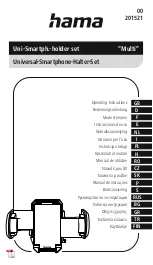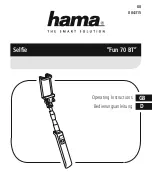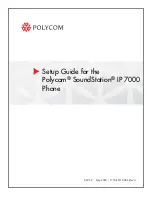
U.S. FDA
76
© Siemens AG 2003, E:\Auftr
ag\Sieme
ns
\M
obilePhones
\ME75 Condor\us F
CC
\s
ug\am_FDA.FM
left page (76)
of SUG, ME75 CONDOR,140mm, us-en, A31008-H6980-A1-1-7619 (12.10.2005,
Template: X75, 140x105, Version 2.2;
VAR Language:
am; VAR issue date: 050718
• a headset with a remote antenna
to a mobile phone carried at the
waist.
Where can I find additional information?
For additional information, see the
following websites:
• Federal Communications Com-
mission (FCC) RF Safety Program
(select “Information on Human Ex-
posure to RF Fields from Cellular
and PCS Radio Transmitters”):
http://www.fcc.gov/oet/rfsafety
• World Health Organization (WHO)
International Commission on
Non-Ionizing Radiation Protection
(select Qs & As):
http://www.who.int/emf
• United Kingdom, National Radio-
logical Protection Board:
http://www.nrpb.org.uk
• Cellular Telecommunications In-
dustry Association (CTIA):
http://www.wow-com.com
• U.S. Food and Drug Administra-
tion (FDA) Center for devices and
Radiological Health:
http://www.fda.gov/cdhr/consumer/
1
Muscat et al. Epidemiological Study of Cel-
lular Telephone Use and Malignant Brain
Tumors. In: State of the Science Symposi-
um; 1999 June 20; Long Beach, California.
2
Tice et al. Tests of mobile phone signals for
activity in genotoxicity and other laboratory
assays. In: Annual Meeting of the Environ-
mental Mutagen Society; March 29, 1999,
Washington, DC; and personal communica-
tion, unpublished results.
3
Preece, AW, Iwi, G, Davies-Smith, A,
Wesnes, K, Butler, S, Lim, E, and Varey, A.
Effect of a 915- MHz simulated mobile
phone signal on cognitive function in man.
Int. J. Radiat. Biol., April 8, 1999.
4
Hardell, L, Nasman, A, Pahlson, A, Hal-
lquist, A and Mild, KH. Use of cellular tele-
phones and the risk for brain tumors; a case-
control study. Int. J. Oncol, 15: 113-116,
1999.












































